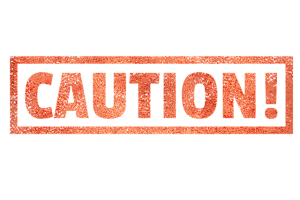 The more your business grows, the more you have at risk should something go wrong. You may have been advised to go ahead and cover every new development as it comes up. Obviously if you’ve just bought a new company car, you’ll want to see how to get that covered under your policy. If you’ve just added your first physical product to your store, then you need to look at insurance to cover physical goods and shipping. Sometimes, however, new risks creep up on us.
The more your business grows, the more you have at risk should something go wrong. You may have been advised to go ahead and cover every new development as it comes up. Obviously if you’ve just bought a new company car, you’ll want to see how to get that covered under your policy. If you’ve just added your first physical product to your store, then you need to look at insurance to cover physical goods and shipping. Sometimes, however, new risks creep up on us.
This is why we recommend an annual review of your insurance policy and what you need covered. If you want to add a checkup every six months to that program, all the better, but at the very least you should take a day out once a year to make sure that no new liabilities, risks and vulnerabilities have snuck up on you. Here’s what you’ll want to consider:
- Directors and Officers Liability. This type of insurance will cover you if someone in management winds up being sued for their conduct. You may trust your top brass, but can you be absolutely certain you’re never going to, say, bring on a temp or an intern who misreads their intentions?
- High-Risk Customers. Have you recently branched out into a new area of business, a new product, a new demographic? Some clients and customers bring a higher risk, and demand greater coverage than others.
- Employment Practices Liability. Has your turnover rate increased this year? If you wind up needing to fire someone, it’ll be nice to know you’re covered if they decide to call a lawyer about it.
- Travel. Travel-related liabilities really do sneak up on you. You may not notice that you’ve had your people driving twice as many miles this year as last, but it compounds quickly. You may be able to save some money by covering rental cars and other travel related risks under your business policy.
- Property Values. Having a successful new business in the area does wonders for property values. Make sure that you’re insured for what your office is actually worth, not just what it was worth when you moved in.
Once a year, you should map out your assets, your resources, your risks, your customer demographics, everything that makes your business what it is, everyone who might sue you, everything that might break, everyone who might quit, and make sure that you have a safety net should something go awry.





